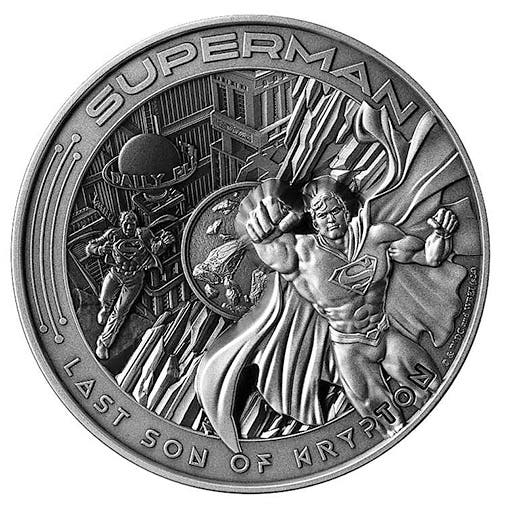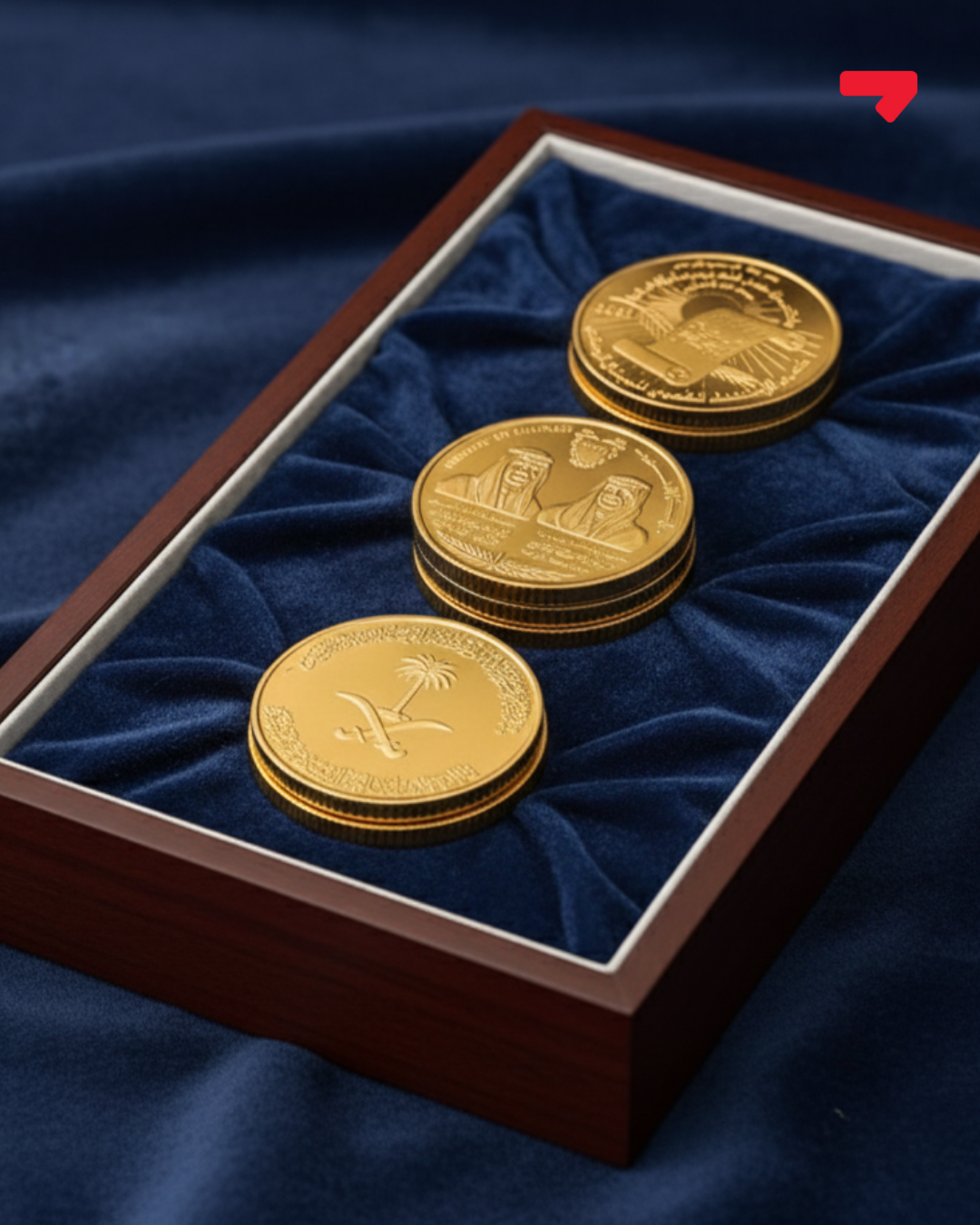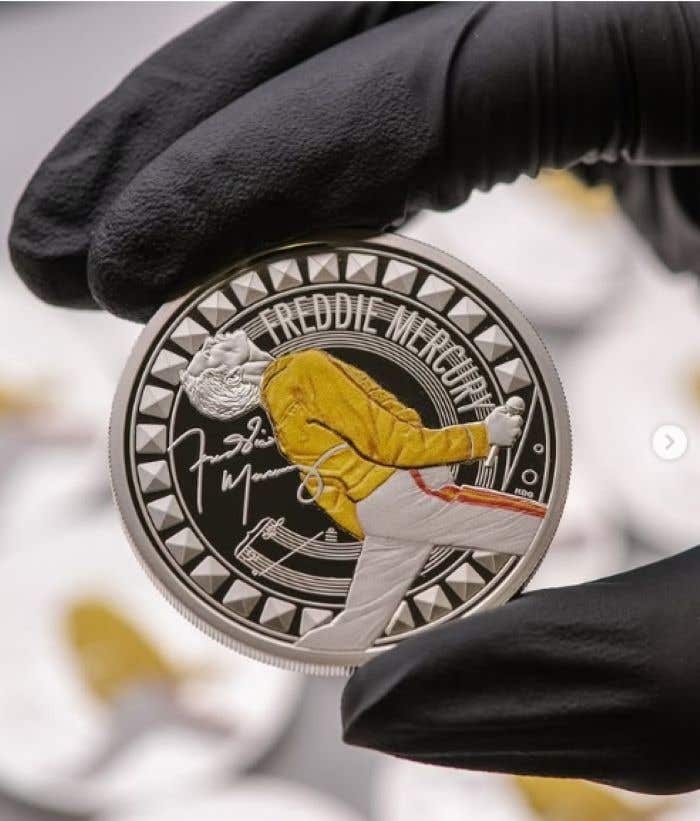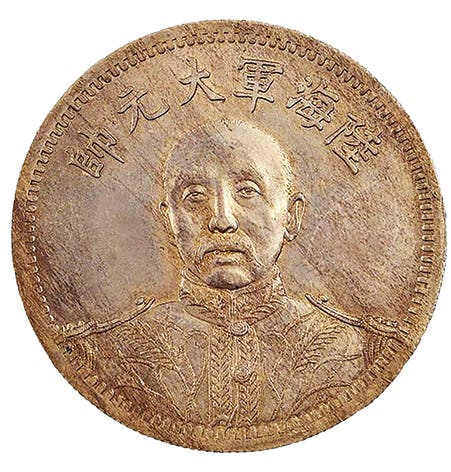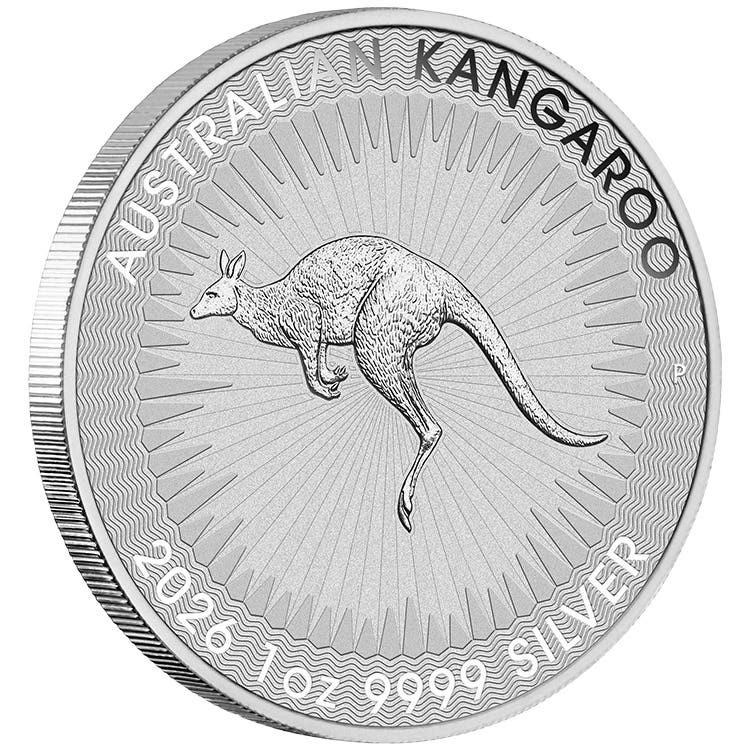Unique Coin From Reign of David I of Scotland Fetches a Hammer Price of £32,000 ($42,777.60) at Noonans
Minted in Carlisle, the coin achieved a price double its pre-sale estimate.
An exceptional and previously unpublished coin from the reign of David I of Scotland (1124-1153), minted in Carlisle, achieved a hammer price of £32,000—double its pre-sale estimate—at Noonans Mayfair's sale of British and World Coins and Historical Medals on Thursday, September 19, 2024. Originally estimated between £15,000 and £20,000, the coin was purchased by an online collector. Jim Brown, Coin Specialist at Noonans, commented, “We are very pleased with today’s result. There was significant interest from private collectors and institutions, recognizing its importance and rarity.”
Before the auction, Brown highlighted the coin’s historical and numismatic significance, explaining that while new varieties of medieval coins are occasionally discovered, the unique design of this particular piece sets it apart. “What makes this find so different is the complete and unexpected departure from the typical designs of the period,” he noted. The coin’s distinctiveness and rarity captivated collectors, sparking lively competition during the sale.
Brown also referenced the history of Carlisle, where the coin was minted. Initially fortified by William Rufus in 1092 following its capture from the Scots, the city’s medieval fortress was later rebuilt in stone under Henry I, featuring the castle and towers still recognizable today, albeit altered over the centuries. The coin likely dates from this fortification period under David I, a time marked by complex political and military struggles.
Brown speculated on the purpose of the coin’s striking, suggesting that it may have been issued to commemorate David I's consolidation of his power in Cumbria. “The obverse design hints at a connection to the fortification of Carlisle, an issue unparalleled in British medieval numismatics,” he remarked. The reign of David I saw a tumultuous period in English and Scottish history, marked by alliances, battles, and shifting territorial control.
The death of Henry I on December 1, 1135, dramatically altered his kingdom, triggering a period of civil unrest known as the Anarchy, which centered on the disputed succession between his daughter, Matilda, and his nephew, Stephen of Blois. Though the barons had pledged support for Matilda, Stephen swiftly returned to England, claimed the throne, and was crowned in Westminster Abbey on December 22. Shortly after, David I of Scotland invaded northern England, ostensibly to support his niece Matilda but likely aiming to reclaim disputed borderlands. Carlisle fell to the Scots by January 1136, and the first Treaty of Durham soon confirmed Scottish control. David continued fortifying Carlisle Castle, initially strengthened by Henry I, and made it one of his favorite residences. He spent considerable time there until his death in May 1153 in the castle’s tower.
The coin’s production aligns with the discovery of silver deposits near Carlisle in the 1120s, which led to the establishment of a mint in the city. Under Stephen's rule, following his accession in 1135, coin production continued in Carlisle, with moneyers such as Erembald striking coins for both Stephen and David I. This particular coin, featuring familiar portrait styles but bearing David I's name, would have been struck during this period, marking a rare and significant piece of medieval Scottish and British numismatics.
You may also like:





